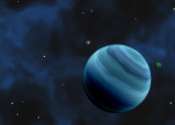How to design continents for maximum tides
The shape and size of continents control the size of ocean tides on Earth-like planets, according to a new study that simulated the effects of random continental configurations on the energy of tides. The results have implications ...









